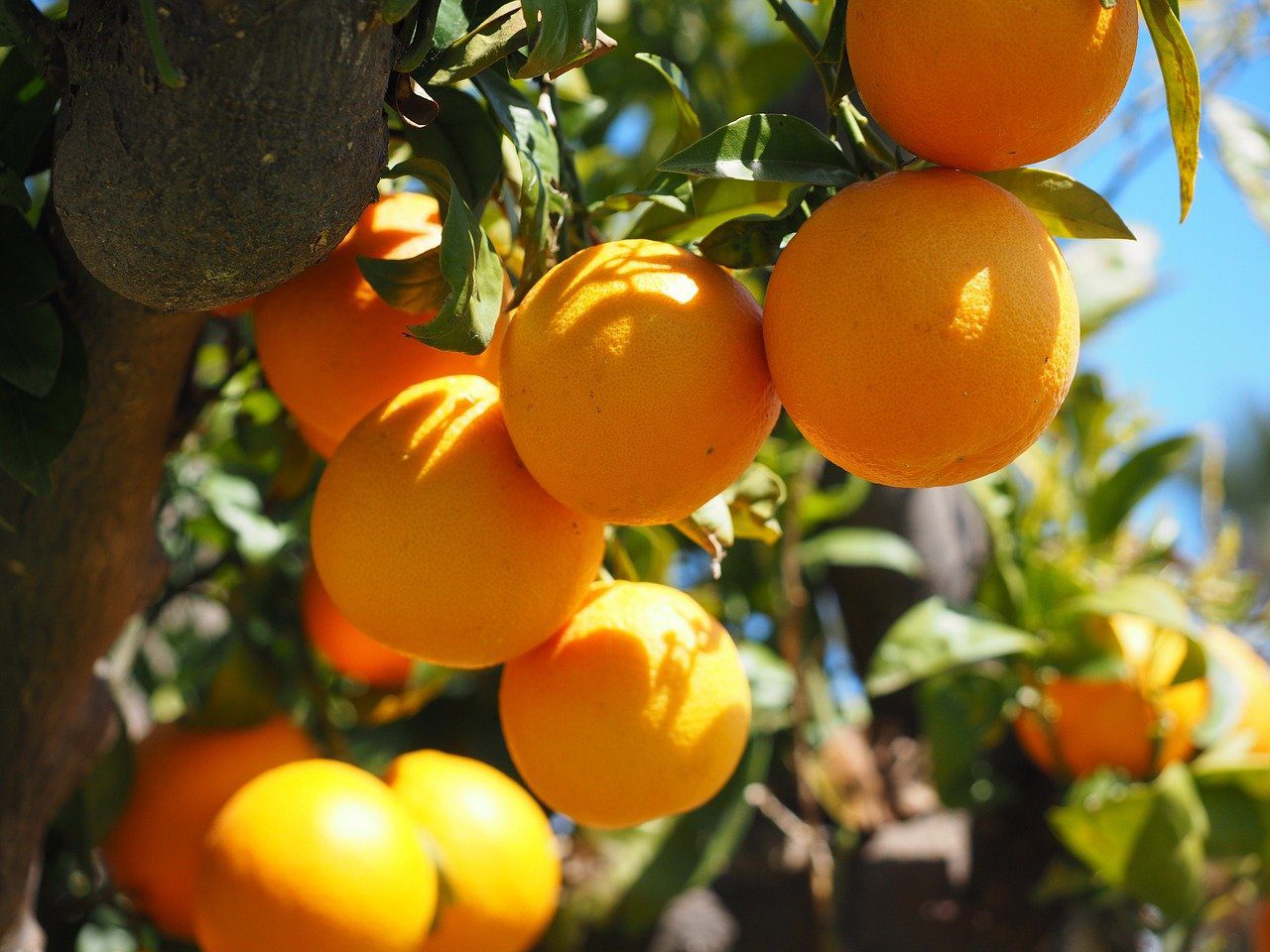See advice in the UF/IFAS Tip of the Week for combating phytophthora in citrus groves after the hurricane.
Hurricane Ian caused a lot of flooding in Florida citrus groves, and this creates ideal conditions for phytophthora, according to the UF/IFAS Tip of the Week article. The article shares information for Florida citrus growers on combating phytophthora in citrus groves after Hurricane Ian. See the details below.
Combating Phytophthora in Citrus Groves
According to the article, standing water that has remained for longer than 72 hours can cause acute root damage that makes the trees much more susceptible to phytophthora infection. The major diseases are phytophthora foot, crown and root rot, and fruit brown rot, and they are caused by Phytophthora nicotianae and Phytophthora palmivora.
Per the article, “Phytophthora is unlikely to become a problem after flooding if you do not have a history of phytophthora with high propagule counts (10–20 propagules/cm3 of soil).” However, for groves with a history of phytophthora, the article advises “applying treatments in the next 30 days as the soil dries” and shares tips on treating phytophthora in citrus groves.
Tips include:
- “Be cautious [of toppled trees that have been uprighted] because scion bark in contact with soil can develop lesions on scaffold limbs.”
- “Brown rot may become problematic for mid-season fruit if a lot of splashing occurred in a grove with a history of phytophthora, particularly P. palmivora.”
- Find detailed treatment options in the Florida Citrus Production Guide.
- Products for treating root rot include “phosphite salts, Aliette, Ridomil and Presidio. There is also the newer product, Orondis, that looks promising particularly for groves with high populations of P. palmivora.”
- “Some products require irrigation after application. Please consult the labels for specifics.”
- “if you are choosing a phosphite product for root or foot rot, only a product labeled as a fungicide is legal to use for disease management.”
- “Check the concentration to make sure you are getting the best efficacy for your expense.”
- “If you are already using a program, continue with your planned rotations of products to avoid resistance development.”
- “Treatments for root rot should also help with foot rot, although the scions tend to be more susceptible, so products may not work as on the root system.
- “If sufficient fruit remain for an application, it is probably too late to apply a phosphite fungicide or Aliette for brown rot if you have not already done so in August. Your better choices would be a foliar spray of a copper fungicide or some of the newer fungicides that show promising results. These are Orondis, Revus and the premix Orondis Ultra, which can all be applied 0 to 1 day prior to harvest and can also be applied by air if there is an urgent need for speedy application.”
Griffin Fertilizer is committed to helping both growers and ranchers make sound agronomic and economic decisions in order to maximize the health of their grove and pasture. As a full-service custom dry & liquid fertilizer blender and crop protection product distributor, we will continue our mission to further advance Florida agriculture. For questions or concerns about your farm or pasture, contact us and one of our team will be in touch.

